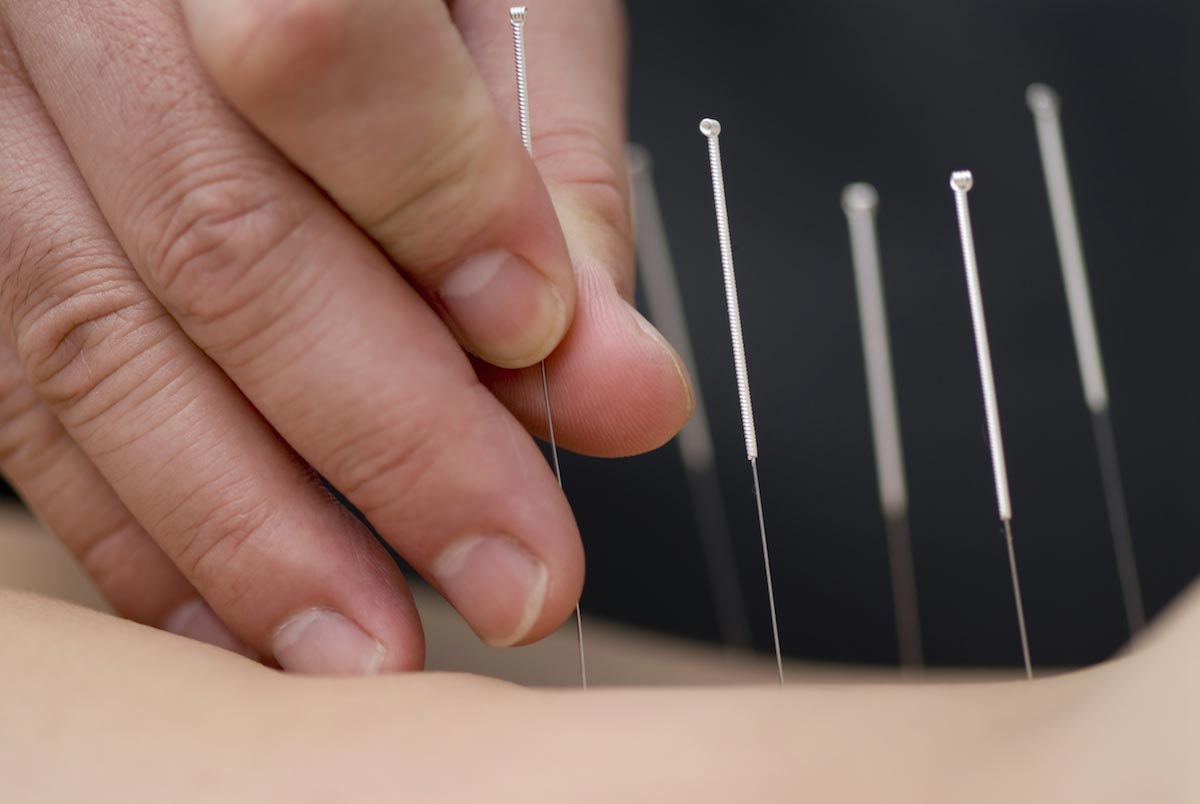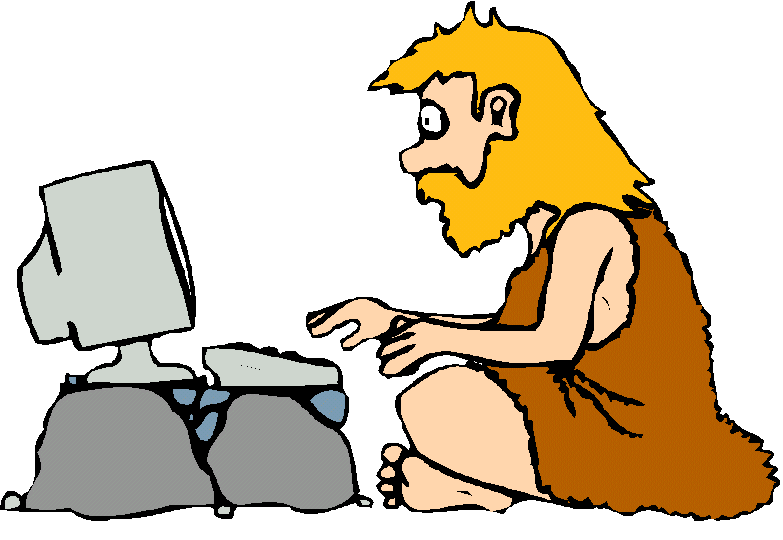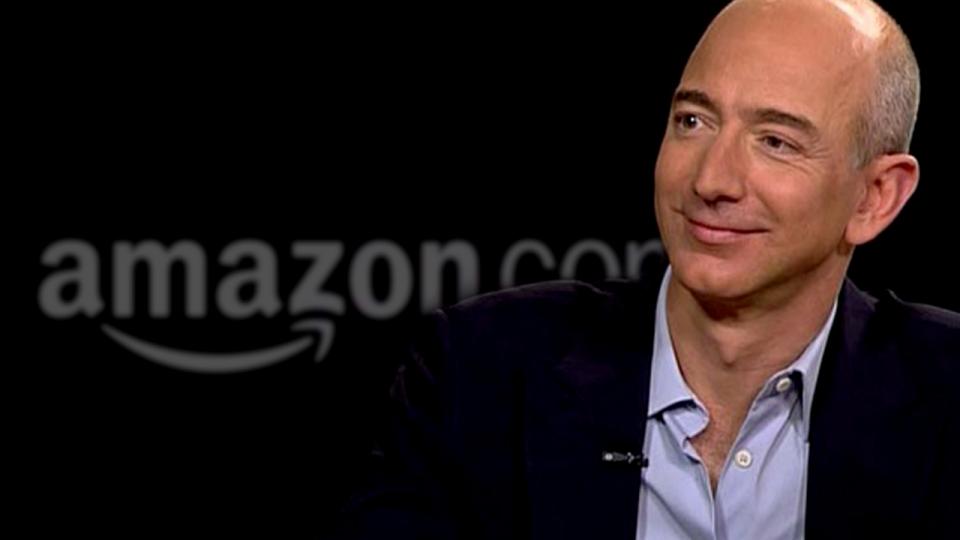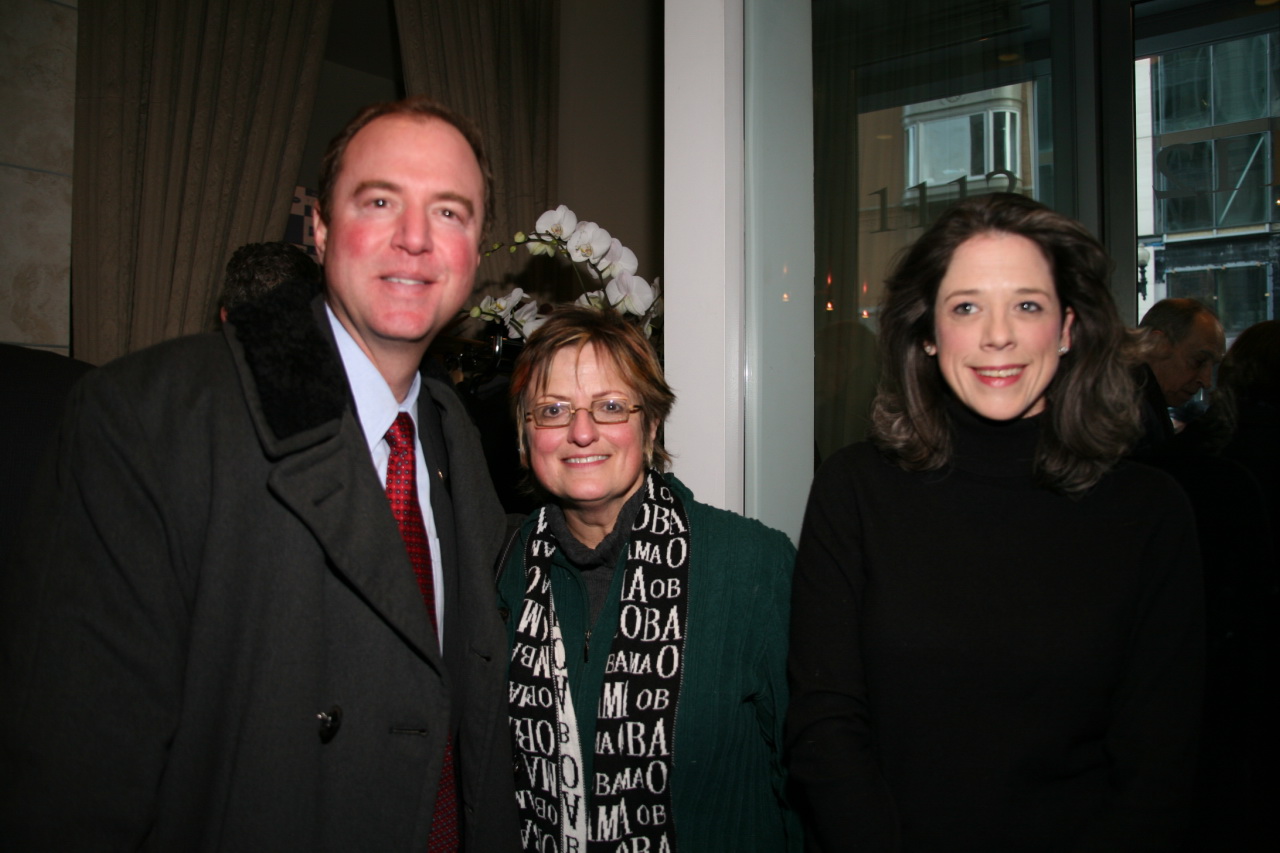Chinese Botanical Medicine: Wikipedia claims it is fake, we are certain it is real
04/17/2019 / By News Editors
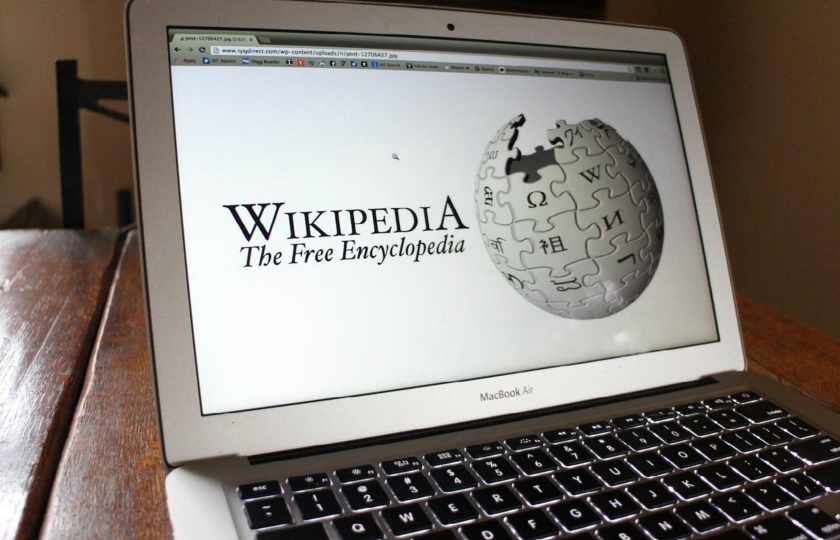
Modern conventional medicine has increasingly become a culture of scientific and historical denialism. Although portending to be an objective discipline of consistent progress, the medical establishment more often than not denies the insights, discoveries, medical systems and methodologies of the distant past and non-Western cultures. Rather, Western medicine is racing more rapidly towards a retro-future with a blind faith in the promises of new engineered, synthetic drugs. Sadly, this pursuit is misconstrued as synonymous with important medical breakthroughs and the evolution of scientific medicine in general. Yet as the statistics show, modern medicine is on a collision course with itself. This is most evident in the increasing failures conventional medicine faces in fighting life-threatening diseases and the annual increases in iatrogenic injuries and deaths.
(Article by Richard Gale and Gary Null republished from PRN.fm)
Upon graduation, every new physician repeats “I will not give a lethal drug to anyone if I am asked, nor will I advise such a plan.” The Oath composed by the wise Greek medical sage, Hippocrates, goes on to say “I will use those dietary regimens which will benefit my patients according to my greatest ability and judgement, and I will do no harm or injustice to them.” Hippocrates was a naturalist. Unlike physicians today, he was expert in the healing powers found in the natural world and was a keen observer about the health benefits of different foods, plants and herbs. However, modern allopathic doctors are not only largely ignorant about the natural world but also the epigenetic, environmental and behavior causes of diseases and the means to prevent them. They have also removed themselves from honoring the Hippocratic Oath.
How well has modern medicine lived up to its Oath? Adverse drug events (ADEs) are rising. They have become a plague upon public health and our healthcare system. As of 2014, prescription drug injuries totaled 1.6 million events annually. Every day, over 4,000 Americans experience a serious drug reaction requiring hospitalization. And over 770,000 people have ADEs during hospital stays.[1] The most common ADEs are hypertension, congestive heart failure, atrial fibrillation, volume depletion disorders and atherosclerotic heart disease.[2] According to the Centers for Disease Control, in 2016 there were 64,070 deaths directly associated with prescription overdoses; this is greater than the number of American soldiers killed during the entire Vietnam War.[3] For 2017, the CDC reported over 42,000 deaths from prescription opioid drugs alone.[4] Yet this figure is probably much higher due to the CDC’s practice of reporting statistics very conservatively and many cases not getting properly reported. So when we consider that there were over 860,000 physicians in the US practicing in 2016, potentially most physicians in America have contributed to ADEs.
No legitimate and highly developed alternative or natural medical practice has such a dismal track record of illness and death. Nevertheless, when a rare ADE, poisoning or death occurs Skeptics in the radical fringe Science-Based Medicine (SBM) movement, who rabidly oppose Complementary and Alternative Medicine (CAM) and Traditional Chinese Medicine (TCM), are quick to report the incident as a national crisis and condemn the use of traditional natural medicine altogether. Yet if we look at the potential number of iatrogenic injuries and deaths over the last four decades since the start of the pharmaceutical and biotechnology boom in the late 1980s, we are looking at over 60 million ADE incidences caused by conventional Western medicine alone. This is nothing celebrate and no concerted national effort within the medical establishment nor among the followers of SBM is being made to challenge the dominant medical paradigm responsible for this crisis.
According to the World Health Organization, 80% of the world’s population uses herbal medicine. And this trend is increasing exponentially.[5] Skeptics have few viable and rational explanations to account for this trend. Since they regard traditional herbal medical systems as quackery, everyone experiencing relief or having a successful treatment from botanicals is simply having a placebo effect conversion experience. Fortunately in the US and other Western nations, the public is rapidly losing its trust and satisfaction with conventional Western medical practice and is seeking safer alternatives. With healthcare costs escalating annually and prescription ADE’s on the increase as more and more drugs are fast-tracked through federal regulatory hurdles, relying solely upon allopathic medicine is a dangerous bargain. Dr. Dominic Lu at the University of Pennsylvania and president of the American Society for the Advancement of Anesthesia and Sedation recommends that Chinese herbal and Western medicine might complement each other if we make the effort to investigate their synergistic therapeutic effects. Lu believes oriental concepts of human anatomy should be further included in higher educational health science curriculums.[6] In addition, we would also note that with conventional medicine in a crisis people are accessing the numerous resources on the internet to educate themselves about the medicinal properties of plants, herbs, supplements and foods as part of their personal therapeutic protocols.
In our previous article in this series exposing the scientific denialism and ideological agenda of Skepticism’s and Wikipedia’s role in promoting SBM’s regressive agenda to turn people away from non-conventional drug-based medicine, we tackled SBM’s and Wikipedia’s attack on acupuncture. In this segment we will focus upon Chinese botanical medicine. In mainland China, acupuncture and herbology are treated as separate disciplines; therefore we will only look at Chinese botanical medical.
Wikipedia has a noteworthy amount to say about traditional Chinese herbal medicine. However, its major criticisms rely heavily upon five-plus year old reviews of the peer-reviewed research. Some references in fact have nothing to do with Chinese herbology. The majority of clinical research into Chinese botanicals and medical preparations are only found in Chinese databases. Therefore, Western analytical reviews, including the Cochrane reports, are extremely limited, inconclusive and biased. Critics of TCM frequently criticize published Chinese research as “incomplete, some containing errors or were misleading.”[7] These are the same Skeptic criticisms Wikipedia levels against traditional herbal medical systems in general. With over 181,000 peer-reviewed research papers and reviews listed in the National Institutes of Health PubMed database referring to TCM, it is ridiculous and disingenuous to assume Wikipedia’s editors have scoured this massive body of science to make any sound judgement about TCM’s efficacy.
Under the heading “Chinese Herbology,” Wikipedia states, “A Nature editorial described TCM as “fraught with pseudoscience,” and said that the most obvious reason why it has not delivered many cures is that the majority of its treatments have no logical mechanism of action… Research into the effectiveness of traditional Chinese herbal therapy is of poor quality and often tainted by bias, with little or no rigorous evidence of efficacy.”[8] Nature’s editorial, which reflects the same ill-informed opinions frequent in Skeptical criticisms about natural health, does not cite any research to support its sweeping prejudiced opinion. The editorial is primarily a diatribe against the growing popularity of traditional medicine in the Chinese domestic market, estimated by the Boston Consulting Group to be worth $13 billion in 2006.[9] In addition, as noted above, Wikipedia’s sources include a review of herbal medicine published in the South African Medical Journal that only looked at six African botanicals, none which are part of the Chinese pharmacopoeia.[10]
We would be negligent to not state a serious concern that readers should be aware of regarding Chinese medicinal herbs and preparations. This has been rightly noted by the SBM writers and Wikipedia; that is the high levels of toxic contaminants, notably arsenic, lead and other toxic chemicals found in Chinese herbs and formulas being exported. However Wikipedia fails to note the real reasons for this warning. Rather it frames caution as a means to discredit Chinese botanical medicine altogether. The export of toxic herbs is largely due to the enormous and out-of-control environmental problem including toxic atmospheric particulate matter from over-pollution, toxic dumping and waste spills in water supplies and poor agricultural practices. However, in some countries such as Japan and Taiwan, federal regulations for the import and export of medical botanicals are stricter and clean, non-toxic botanical herbs and preparations are readily available. There remain very reliable sources for getting highly quality grown Chinese herbs.
One of SBM’s leading spokespersons David Gorski would like us to believe that Mao Tse-tung should be condemned for restoring traditional Chinese medicine in mainland China. [11] But this is a blatant half-truth. In fact, Gorski and his colleagues have far more in common with Chairman Mao based upon the historical facts. It was during Mao’s reign that classical Chinese medicine took an enormous leap backwards. The ancient system was originally banned during the Chinese Nationalist movement in the early 20th century because its leaders believed the old ways were preventing the nation from modernizing. Mao initially made a small effort to restore the practice when he came to power. However, it was after the Communist Revolution when Mao turned against traditional medicine. The Cultural Revolution again outlawed the practice. Traditional doctors who retained the most extensive knowledge and wisdom about classical Chinese anatomical theory and knowledge of medicinal herbs were systematically gathered for Communist conversion programs, imprisoned and/or killed. TCM nearly died out altogether from the mainland. Years later when the Communists attempted to resurrect the ancient medical wisdom, only a few hundred doctors could be found throughout the country with sufficient knowledge to start TCM anew. Yet Mao remained ambiguous. He wrote, “Even though I believe we should promote Chinese medicine… I personally do not believe in it. I don’t take Chinese medicine.”[12] Unfortunately what is commonly called Traditional Chinese Medicine (TCM) today is a partial reconstruction of the original ancient system that had developed over thousands of years. Much has been lost. The government’s effort failed. According to Dr. Brigetta Shea, “once the government decided to reinstate some form of China’s traditional medicine, they did it with an emphasis on combining it with Western medical theory. This shifted even acupuncture theory, as Western anatomical teaching was adopted and esoteric subtle anatomy was discarded.”[13] The result has been that TCM today is a mere shadow of what it was in the past, and is little more than a watered down system contaminated with Western reductionist medical theories. Fortunately, growing interest in TCM is inspiring young researchers and practitioners to travel to China, Taiwan, Japan and Korea to try to recover the more ancient classical medical teachings that were not included in the standardized TCM curriculums.
SBM founder Stephen Novella remarks, “TCM is a pre-scientific superstitious view of biology and illness, similar to the humoral theory of Galen, or the notions of any pre-scientific culture. It is strange and unscientific to treat TCM as anything else. Any individual diagnostic or treatment method within TCM should be evaluated according to standard principles of science and science-based medicine, and not given special treatment.”[14] The remainder of Novella’s argument is an example of taking TCM terms literally and not penetrating their deeper functions to discover their correlations with scientifically identified biomolecular substances and events. Novella also believes that the Chinese medical theories of qi and the acupuncture meridians share the same magical thinking as “ether, flogistum, Bigfoot, and unicorns.”[15]
The master physicians and pioneers of the advanced traditional medical systems of Greece, India, China and Tibet, were very skilled and astute in identifying metabolic disturbances in their patients. Although on the surface, the humors may appear to be outdated or primitive mythological terms, a deep study of the traditional medical texts reveals they have direct correspondences to biochemical and biological processes that are well known in modern medicine. For example, according to the recent translators of the enormous medical corpus composed by one of the world’s greatest medical doctors Avicenna in the 11th century, who revived the medical theories of Galen at the height of Islamic civilization’s golden age, Dr. Hakima Amri, professor of molecular biology at Georgetown University and Dr. Mones Abu-Asab, a senior scientist and expert in phylogenetic systematics at the National Institutes of Health, discovered the ancient descriptions of the humors have a direct correlation to properties of fats, proteins and organic acids — the cornerstones of metabolic changes. Due to its linear and non-systematic way of analyzing health and disease, modern medicine focuses upon single metabolic pathways and fails to consider that these pathways work in concert and are co-dependent with others. For example, a patient with high LDL cholesterol will be prescribed a statin without fully understanding the biological imbalances that increased LDL. But traditional herbal systems, including Chinese botanical medicine, provide more parameters such as a tissue’s hydration and energy production in the case of abnormal cholesterol levels. Western medicine does not take into account hydration and energy production in making an accurate diagnostic assessment of the reasons for a patient’s cholesterol imbalance. This is where the ancient theory of humors, or the fundamental “fluids” in the body — traditionally defined as blood, phlegm and yellow and black bile — provides clues.
Western medicine has no equivalent to what traditional systems refer to as “dystemperament” in a biological system or organ. Dystemperament was understood as an imbalance in a person’s unique personalized physical, genetic and psychological disposition. Today the rapidly growing discipline of Functional Medicine finds agreement with this principle for diagnosing and treating an illness. In fact, conventional medicine still endeavors to define the causes of many diseases at a singular cellular or molecular level. It also faces a serious predicament in being based upon a one-drug-one-target paradigm in drug research and development. Traditional systems, including Chinese herbology, being far more complete and efficient medical systems, don’t struggle with this dilemma. For half a century we have spent hundreds of billions of dollars on reductionist biomedical research to identify genes, proteins and metabolic biochemical changes that contribute to disease. But despite the enormous body of knowledge and data we have gathered from astronomic costly projects there have been few practical and meaningful results to find safe and effective treatments outside of prescribing potentially lethal drugs.
Most evidence-based medical reviews of research conducted on the efficacy of specific Chinese herbs fail to take into account that Chinese herbology is a complete system. It is unrealistic to research a single traditional Chinese herb and draw a definitive conclusion. An herbal concoction can include up to 18 or more ingredients, and these may be fermented or simmered for hours to produce pharma-therapeutic properties useful for the treatment of disease. This was noted in a Cochrane review of Chinese medical herbs for treating acute pancreatitis.[16] It is estimated that there are over 13,000 different medicinal ingredients found in the annals of Chinese medical texts and well over 100,000 unique decoctions and recipes. While the vast majority of substances used in Chinese medicinal preparations are plant-based, parts of animals and specific minerals may also be included.[17,18]
Regardless of the Skeptics’ and Wikipedia’s invective to diminish Chinese medicine’s efficacy and successes, TCM is booming and extraordinary research continues to pump out positive discoveries. Even Bayer Pharmaceutical purchased the Chinese herbal company Dihon Pharmaceutical Group in 2014 because of the huge potential for discovering powerful phytochemicals to treat a wide variety of diseases. Helmut Kaiser Consultancy in Germany predicts that annual revenues in Chinese botanicals will triple by 2025 from 2015 revenues of $17 billion.[19] A Morgan Stanley 2012 review found that even among Chinese physicians trained in Western medical schools, TCM is being used as the first line of defense against disease in 30% of medical cases.[20]
Curiously Skeptics and Wikipedia fail to acknowledge that the 2015 Nobel Prize in Medicine was awarded to China’s scientist Tu You-you for her use of the Chinese medical remedy artemisia to develop an anti-malarial drug.[21] In 2015, researchers at the Texas Biomedical Research Institute and the Center for Integrative Protein Science in Munich published their findings in Science of an alkaloid in an ingredient of the Chinese formula Han Fang Ji that protected human white blood cells from the Ebola virus.[22] And in 2006, the FDA gave its first drug approval to an ointment based upon Chinese botanicals, including green tea leaves, for the treatment of genital warts caused by human papillomavirus.[23] In a bioinformatics database analysis comparing phytochemicals in Chinese plants with the modern Comprehensive Medical Chemistry database of pharmaceutical drug ingredients, over 100 Chinese herbal phytochemicals had direct correlates with ingredients used in approved pharmaceutical drugs on the market.[24]
Taking one excellent example of the synergistic effects of herbal combinations in TCM is the duo Coptidis rhizoma and Evodia rutaecarpa. In classical Chinese medical practice, this formula has been given for centuries to treat gastric conditions including rapid healing of ulcers. Modern research has shown that together these herbs inhibit the bacterium Helicobacter pylori, which frequently accompanies ulcers. In the US approximately 20% of people under 40 years and over 50% of those above 60 years are estimated to have an H. pylori infection which can be responsible for gastritis, stomach and duodenal ulcers, gastric lymphoma and stomach cancer. The herbs were also found to contain limonene used in drugs as an antineoplastic molecule and gamalenic acid used in as an ingredient in pharmaceutical anti-tumor drugs.[25]
Finally, we might take a look at the 2017-2018 flu season. In fact, the influenza vaccine for this past season was a dud and failed to protect most recipients from infection. According to the CDC, the vaccine was 36% effective.[26] Almost 100 pediatric flu deaths were reported. However, later research at Rice University determined the vaccine was at best only 20% efficacy.[27] With conventional medicine and our federal health agencies failing to protect the public, tens of thousands of people experiencing the onset of flu-like symptoms rushed to purchase the Chinese herbal cold formula Nin Jiom Pei Pa Koa. The formula costs as little as $6 in New York City’s Chinatown. Pei Pa Koa is one of the most popular cold, flu and cough remedies across East Asia and Singapore. It was first formulated during the Qing dynasty in the 17th century. The results are often immediate. When we desire relief from a health condition that is all that matters.
Therefore, we have absolutely no need for Skeptics preaching from their bully pulpits. There is no need to read the vitriol of Science-based medicine’s priesthood. And we certainly have no need to refer to Wikipedia’s encyclopedia of biased misinformation parroting Skepticism’s paranoia and deceptive efforts to censor natural health. We don’t need any of them to tell us that the relief we experience after taking a medicinal herb or natural formula is only a placebo effect or a figment of our imagination because the scientific research doesn’t meet their standards. The fact of the matter is that the science will never meet their standards because fundamentalists, either religious or science-based, cannot be persuaded by factual evidence that conflicts with their ingrained psychological ideologies and fears. And this is the fundamental fallacy and blatant hypocrisy that runs throughout SBM Skepticism and Wikipedia. It is not “science-based” because it is impoverished of the necessary inquisitive open-mindedness that defines those who are authentic scientists. SBM is faith-based, and holds fealty with a grossly reductionist, petulant and brattish mentality incapable of seeing the forest from the trees. In his criticism of TCM, Novella brings the absurdity of Skepticism to a climax. “I maintain that there are many good reasons to conclude that any system [i.e. TCM] which derives from everyday experience is likely to be seriously flawed and almost entirely cut off from reality.”[28] However, for thousands of years there have been countless people who experienced and claimed the benefits from Chinese botanical medicine. We have no need for Skepticism’s scientific reductionist validation to prove the reality of natural medicine.
Read more at: PRN.fm
Tagged Under: alternative medicine, Big Pharma, Big Pharma deep state, Big Tech, corruption, deception, disinfo, information control, lies, natural healing, natural medicine, propaganda, skeptics, tech giants, thought control, Wikipedia



